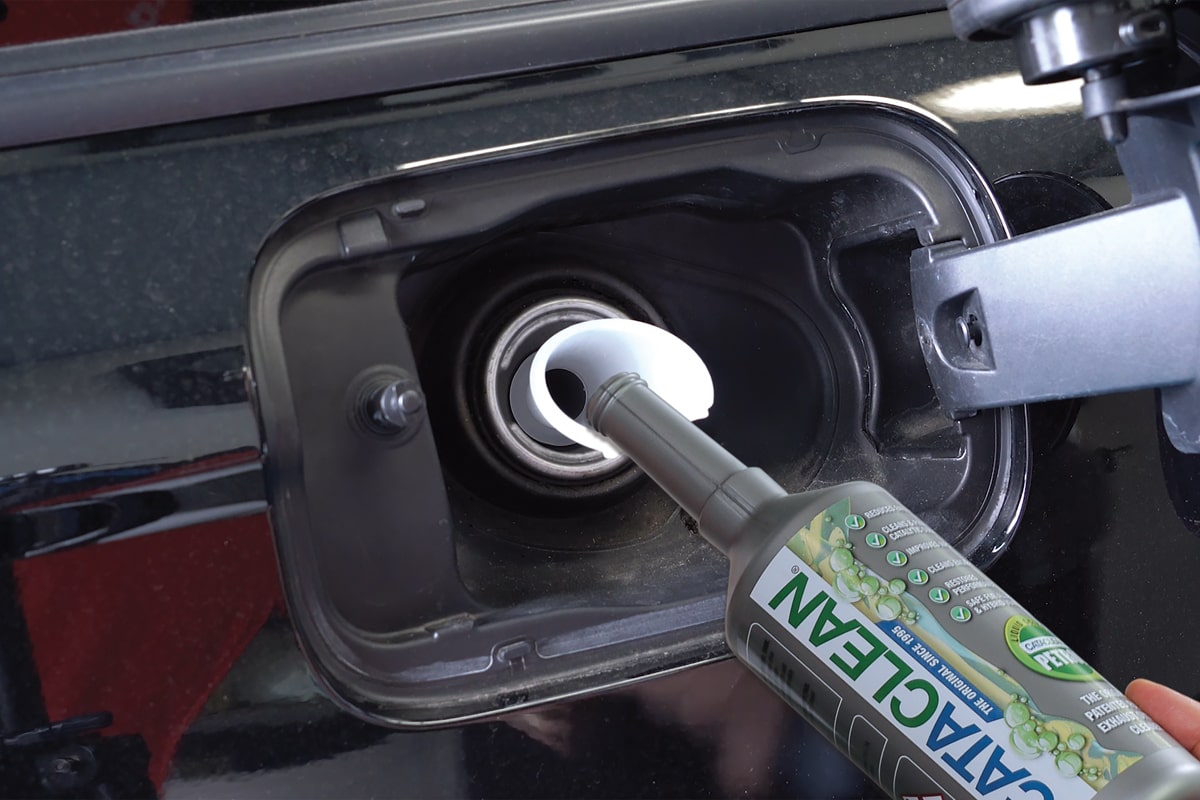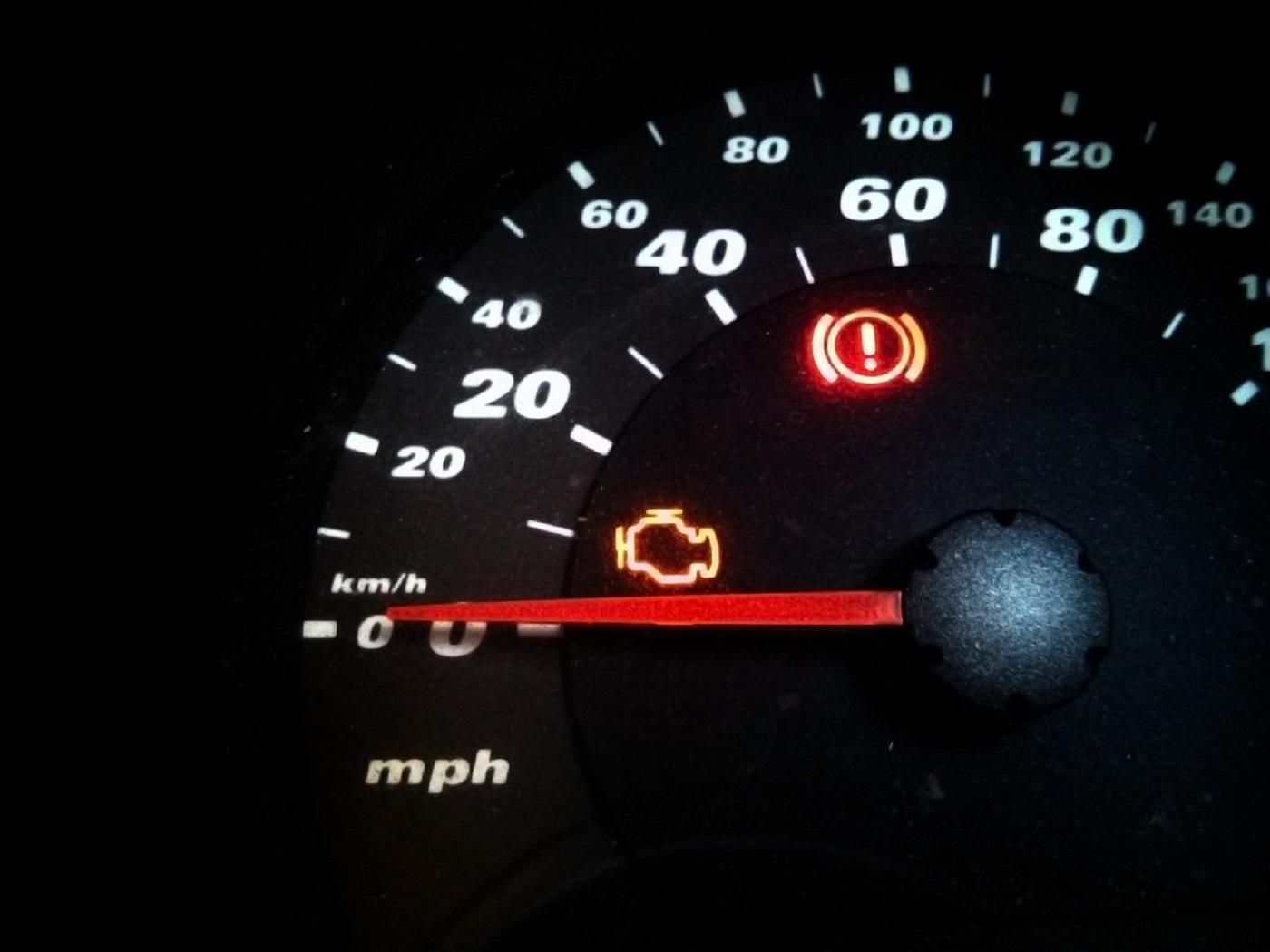Transfer Case Control Module Symptoms You Should Not Ignore
The transfer case control module symptoms include flashing a warning message or turning on a warning light on the Driver Information Center! But there are more.
What Is A Transfer Case Control Module?
The Transfer Case Control Module (TCCM) is a specialty of General Motors 4WD operation. It controls the electronically-operated 4-wheel-drive system. All of its functions involve the shift – processing the shift request, executing it, and verifying the completion.
So where is the transfer case control module located? You will find it under the driver’s side dashboard on the steering column. The driver can reach the connectors easily because it is facing toward them.
What Does The Transfer Case Control Module Do?
As you already know, the TCCM controls the shifting in the 4WD system. But, how does it do that?
The module determines the processing of the shift by using the speed of the vehicle and the real-time transfer case mode. If the shift is possible, the TCCM will complete it by activating the transfer case encoder motor.
If necessary, it may also trigger off the front differential locking actuator. If the shift is not possible, the selector switch will come on and flash for 30 seconds.
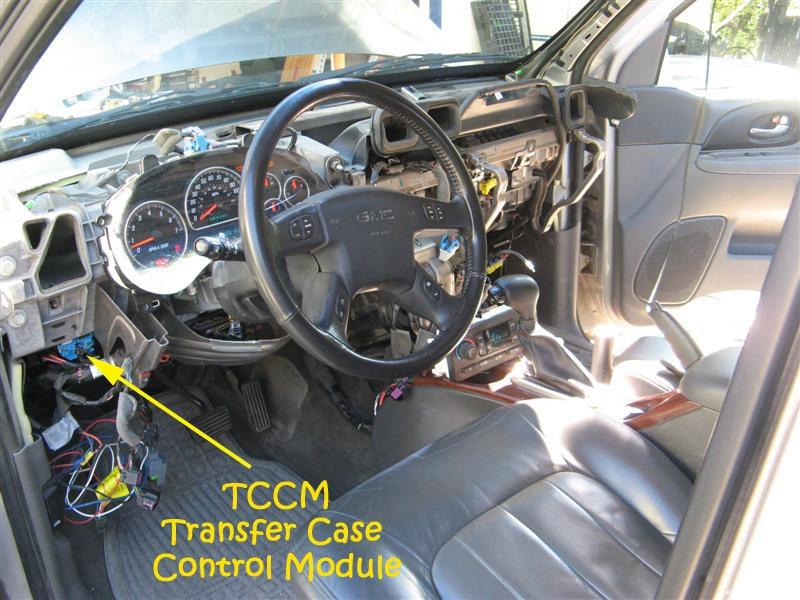
SEE MORE
Transfer Case Control Module Symptoms: Top 5 To Notice
Signs of a bad transfer case are likely to include flashing a warning message or turning on a warning light on the Driver Information Center (DIC). Apart from this obvious problem, you can look out for the following ones:
The 4×4 System Stops Working
Sometimes, engaging the 4×4 by pushing the switch panel does not do anything. Everything on the panel is dead and you might be wondering if it is going to cost you a big amount.
Learning how to test 4×4 control module, you have to perform a TCCM self-test to determine whether you need to change this component or not.
Turn the ignition switch while observing the transfer case shift control switch indicators. A functioning TCCM will flash all the indicators before returning to the current gear.
You have to move on to examining a couple of circuits if the indicators don’t flash. Go on checking the battery’s positive voltage and ignition voltage.
You also have to diagnose the connector of the transfer case shift control switch and the ground circuit for the ground. If the TCCM fails the self-test but all these circuits turn out fine, you have to replace the transfer case control module.
The Service 4WD Message
It is normal to have this message sometimes. It goes away when you shut the vehicle off and then turn it back on. But, it won’t be the case on a few occasions. A bad TCCM could be the reason along with the encoder motor and the button pack.
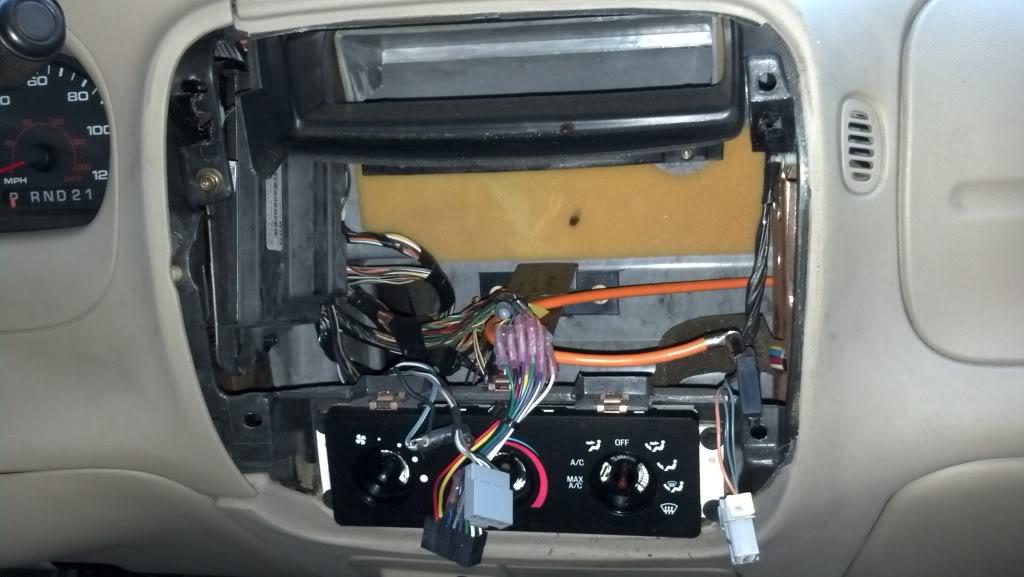
> Looking for a car from Japan with good conditions, click here <<
Engine Hesitates After Taking Off
There could be tons of components responsible for engine problems and the TCCM could be one of them. It could be one of the transfer case control module symptoms if you are driving a 1999 Jimmy and it hangs back after kicking off the engine.
It could happen if the TCCM sends the wrong signals to the transmission. You have to change the component to solve this particular problem.
Unusual Grinding, Humming, or Growling Noises
Strange sounds coming from your automobile that were not there before are a telling indicator of a problem. Unnatural noises can be annoyances, and they typically imply a larger problem cooking behind the hood.
The TCCM may be making a growling, buzzing, or grinding sound that changes with the speed of your car. This may be due to a mechanical defect, such as a faulty bearing making noises, a loose chain or broken gears, or a low fluid level.

Puddle Formation In The Transfer Case
A greasy puddle under your automobile can only be caused by a leak, and the culprit might be a faulty transfer case control module.
Raise the car on jacks and undertake a visual check to see whether the leak is coming from the TCCM. It should be visible from the back of the transaxle unit or transmission.
Because leaks are usually slow, you may not notice a puddle right away. However, over time, the TCCM becomes dangerously short on oil, resulting in the total destruction of the internal components.
This happens more slowly with an automatic transmission because transfer cases have an oil pump, whereas manual transmissions do not.
How To Reset Transfer Case Control Module?
Encountering the transfer case control module symptoms will never be a pleasant experience for drivers, especially new ones.
We will take a closer look at some common methods for transfer case control module reset.
Method 1: Turn off the engine
- Step 1: First, you must rotate the key position. If you utilize this approach without moving the key location, it makes no sense. You can proceed to the following step after the key position is secure.
- Step 2: Now you must depress the gas pedal and wait a few moments. It isn’t a long time, so 5 to 10 minutes should be enough. The accelerator is now testing the driving function.
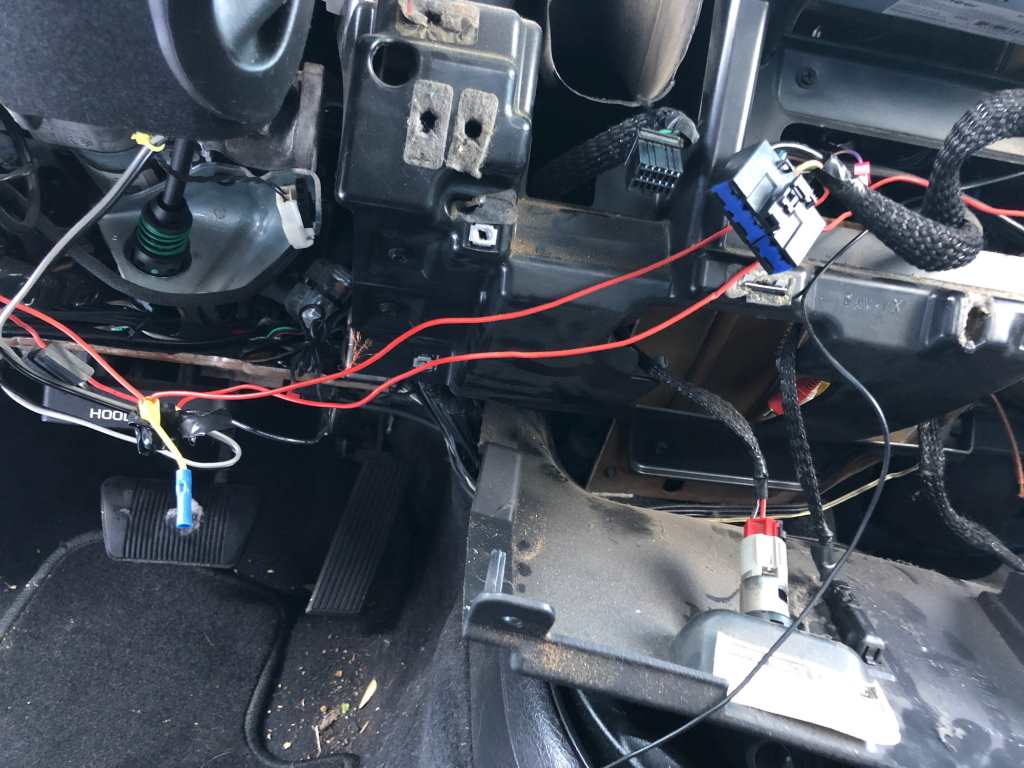
- Step 3: Turn off the ignition and let off of the gas pedal. The gas pedal primarily accelerates the combustion process. So, in order to reset TCCM, correct acceleration is required.
- Step 4: It’s time to wait once more. Repeat the entire process from step one after a few minutes.
- Step 5: After running the procedure two or three times, your TCCM should be ready to use.
Method 2: Use the jump cables
Using jumper wires to reset all of the ECUs and control modules within the engine is the standard method. And it works on practically all automobiles.
- Step 1: Begin by disconnecting the negative battery cable. A screwdriver will be enough for the task.
- You have to isolate the cable’s head, otherwise, it will transmit the charge to any metal that touches it.
- Step 2: Cover the opposing end with a clean rag so that it does not come into touch with any metal or other things.
- Step 3: Get a jumper cable and connect one end to the negative end of the battery cable and the other end to the positive end. Allow the wire to rest for a few minutes after that. It makes no difference if you wait 5 minutes or 30 minutes.
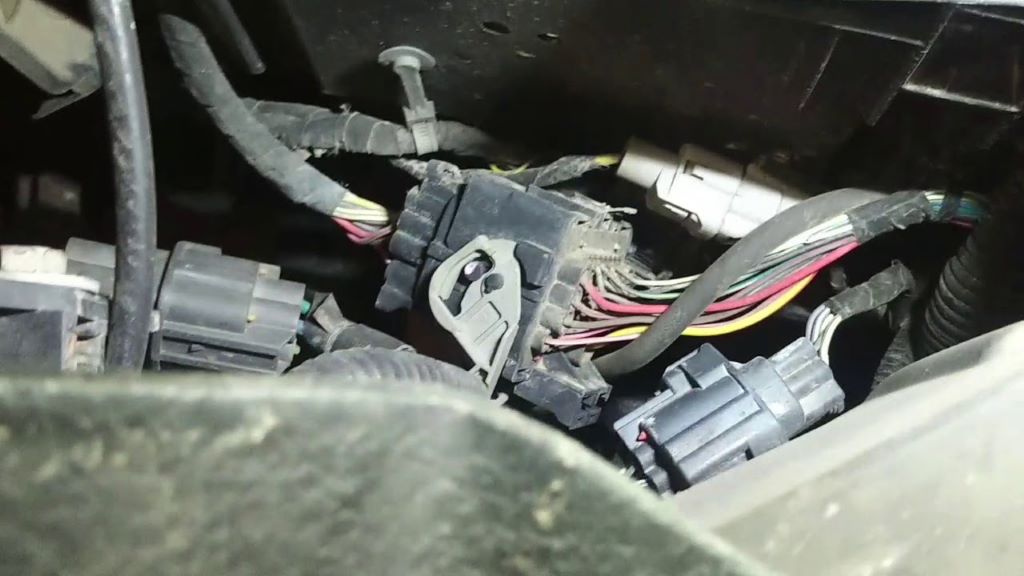
- Step 4: After the interval, remove the jumper cables and rag. Then return the negative end to its original place.
- Step 5: Return to the car and insert the key. Then turn on the ignition for 10 to 15 seconds. The control module will relearn the settings and update the program with new values.
- Step 6: Turn off the ignition key and then turn it back on again, which is essentially a cycle. Start your automobile engine and let it run for at least five minutes. As a result, you may locate the idle location and leave it alone.
- Step 7: Run the gears to see if the sensors are still working or if they are malfunctioning. If you find any irregularities, repeat step 1 2 to3 times, and your automobile will be ready for the next several hundred kilometers.
Method 3: Use the TCCM fuse
This approach also does not require any additional equipment to reset the code. You may utilize the fuse while also resetting the TCCM.
- Step 1: Locate the TCCM fuse, which is situated at the bottom of the fuse box inside the module, and take it out.
- Step 2: The wait time is now around half an hour. Meanwhile, the fuse box guarantees that no connection exists between the accelerator and the control module.
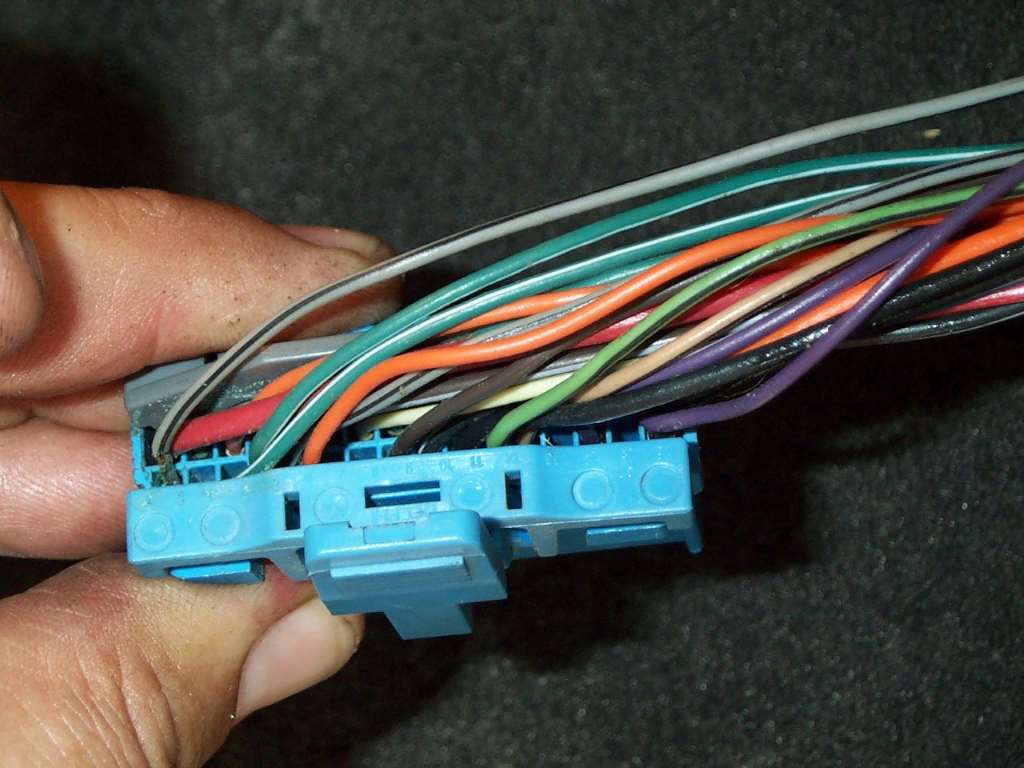
- Step 3: Make sure the fuse is working. If it fails, replace the fuse in the fuse box.
- Step 4: Start the engine
- Step 5: Observe your vehicle’s headlights flashing. It means that the TCCM reset is being performed. Then, switch off the engine and repeat the process five times.
- Step 6: Your engine is now ready to go, but make sure the procedure is operating properly.
Start the engine and monitor the idle points or RPM. You may inspect the drive shaft or gearbox for smooth operation.
FAQs on Transfer Case Control Module Symptoms
-
How much does it cost to fix bad transfer case symptoms or replace a new system?
If you can find the cause and solve it, you will be able to avoid the inconvenience and expense of replacing the TCCM entirely.
However, if the TCCM fails or suffers mechanical damage, you may be forced to replace it. A transfer case change normally costs between $2,200 and $2,800.
Because this is a time-consuming repair, labor expenses involved with changing a transfer case can be rather significant. The average labor cost ranges from $400 to $700.
-
Can a bad transfer case control module damage the transmission?
The transfer case may heat up and seize if it is not properly greased. This can harm the engine, as well as the transmission and differential.
A seized or broken transfer case will also prohibit the vehicle from changing gears, causing additional harm for the motor and gearbox.
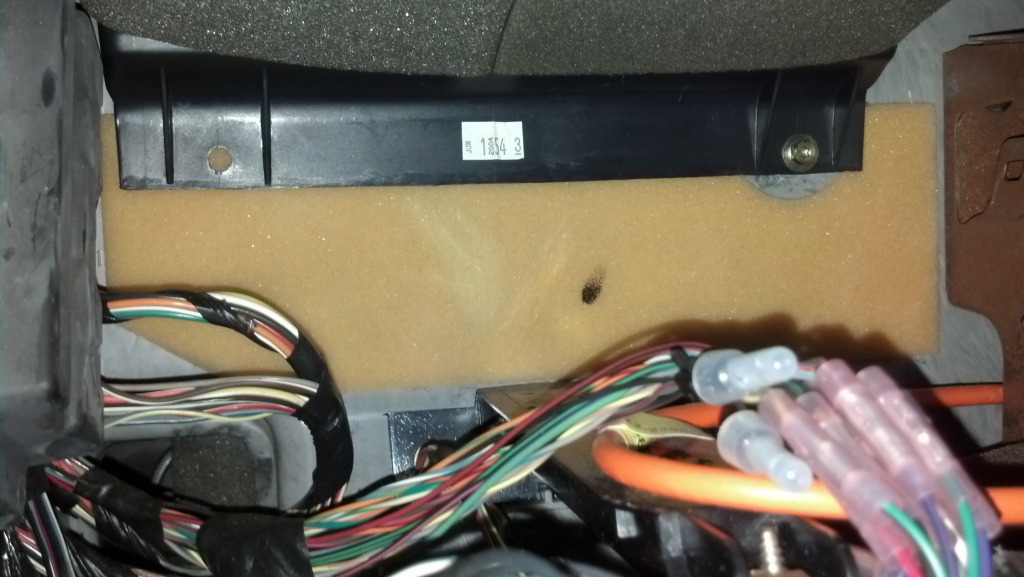
-
Can I drive with a faulty TCCM?
Driving with a defective transmission control case module is never safe since it causes your car to be highly unpredictable while shifting gears.
-
What happens if the transfer case fails while driving?
If your transfer case fails, your vehicle may shift into and out of 4-wheel drive on its own. This signals a failure to remain in drive mode, which can harm the transfer case, and other vehicle systems, or create a risky driving condition.
Final Words
As previously said, the TCCM is one of the most critical components of several automobiles’ transmissions.
That is why knowing about the TCCM or the transfer case control module symptoms and how to reset the transfer case control module is critical. It is a simple technique that anybody can execute.
On the other hand, it is also critical to understand the primary signs of this module dysfunction. For more car maintenance tips, follow Car From Japan today!












